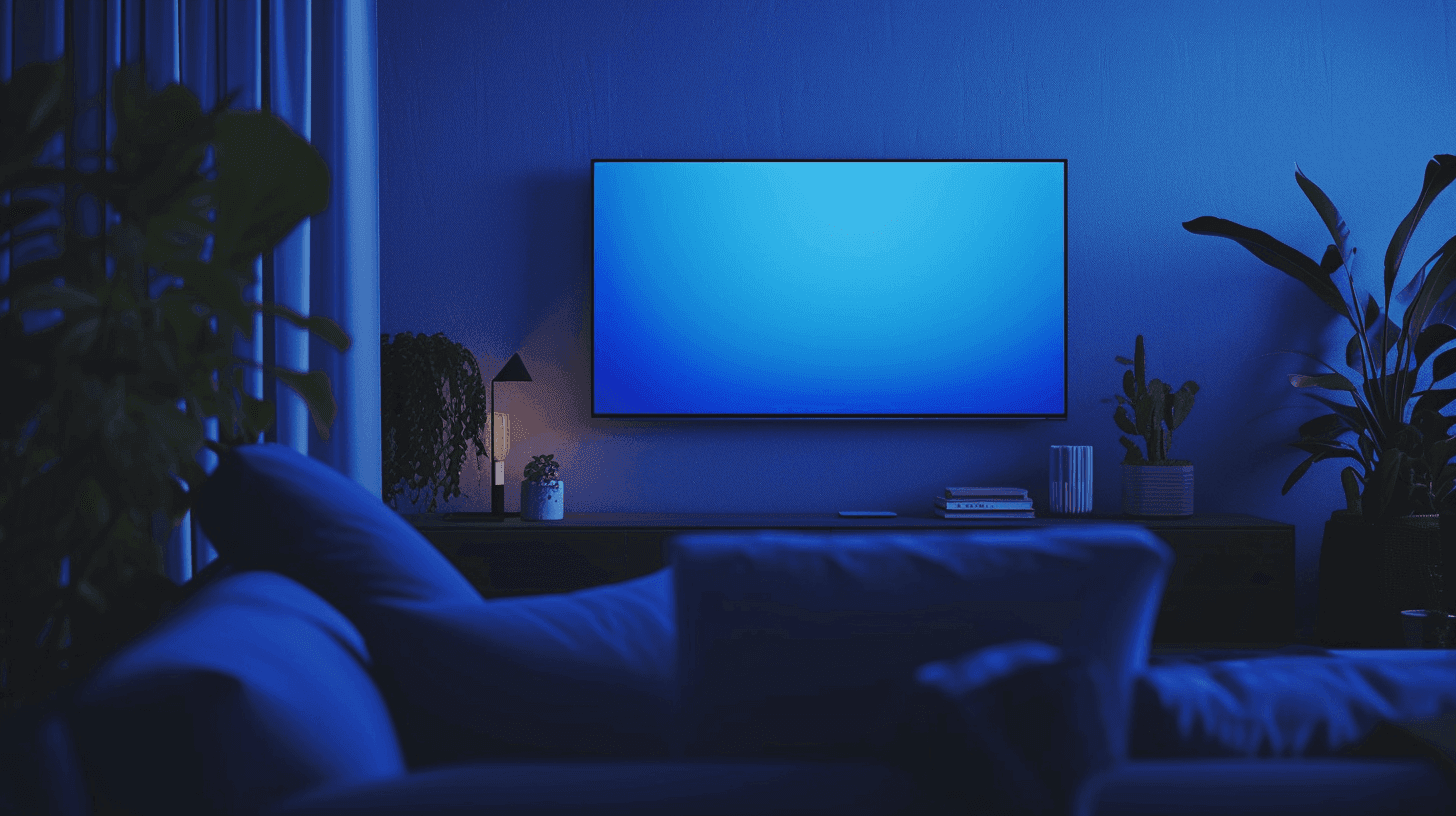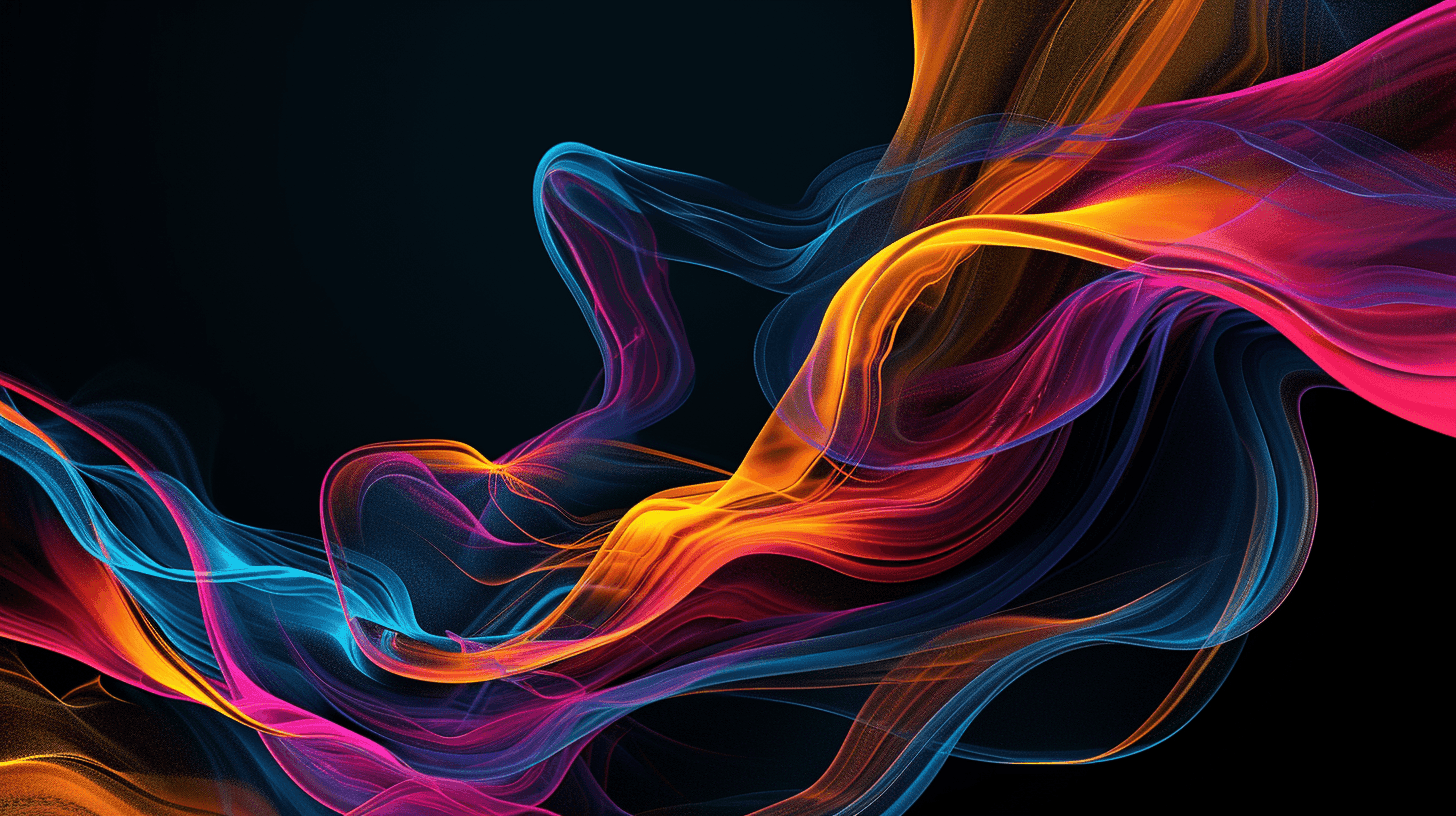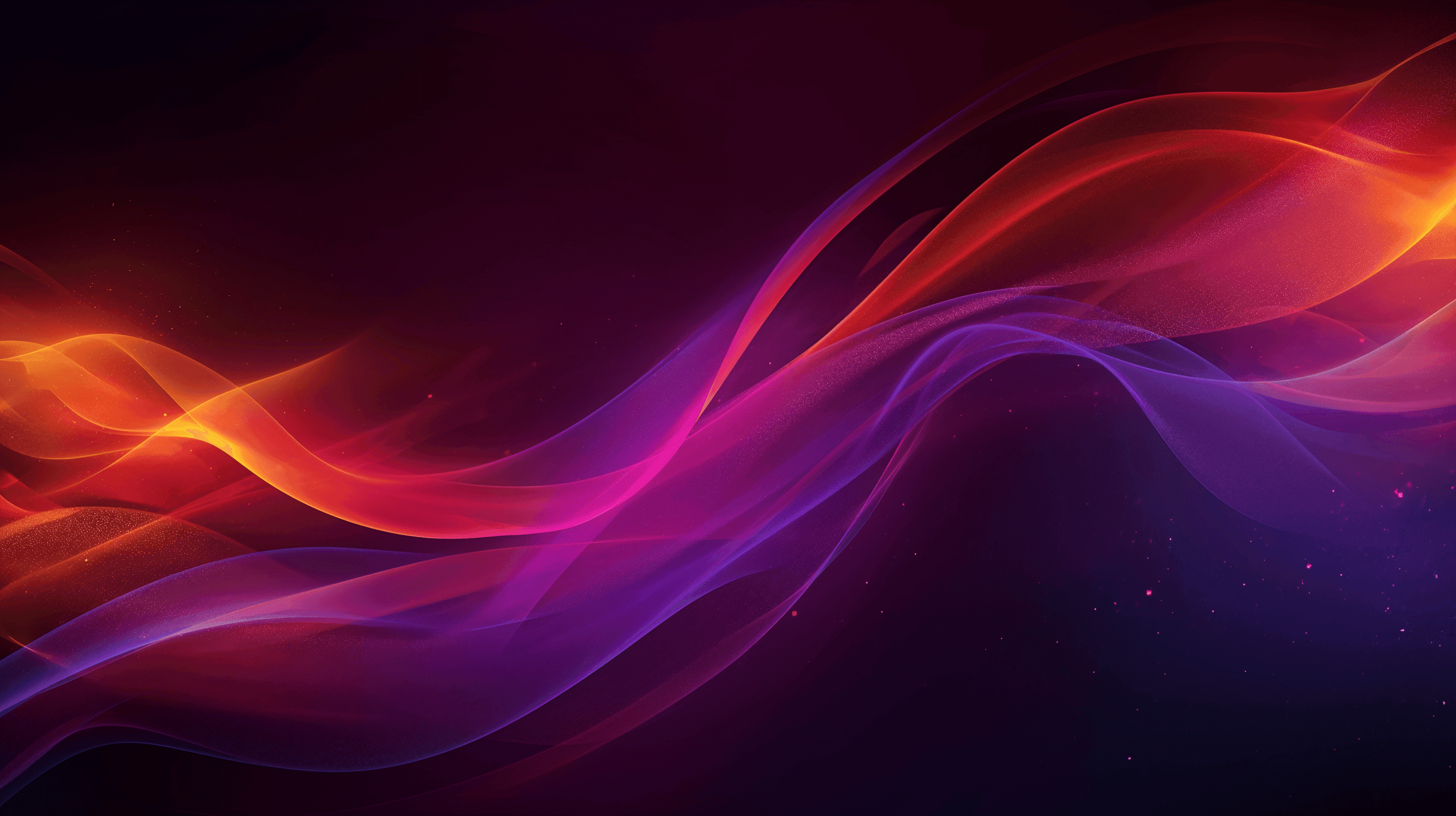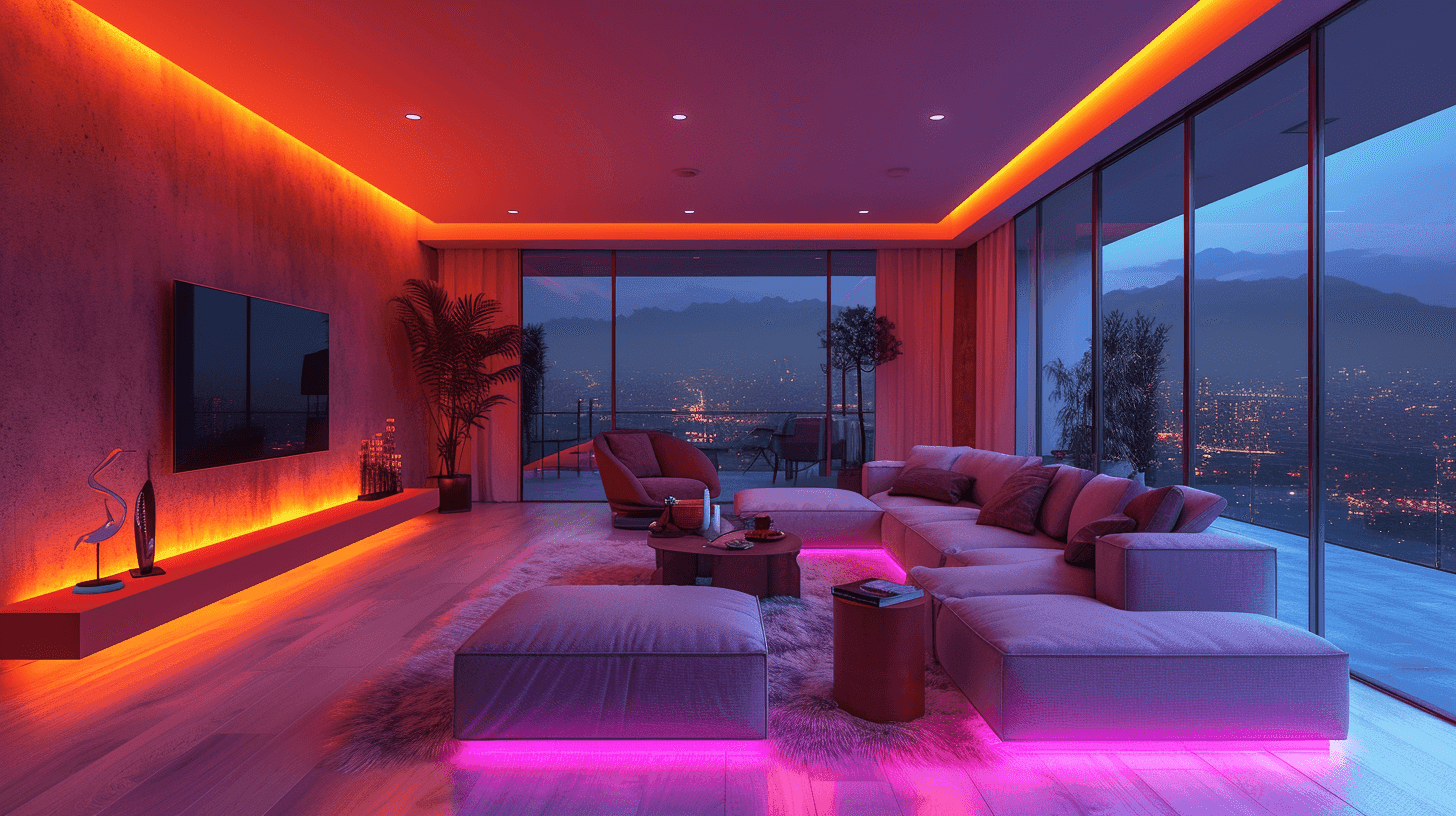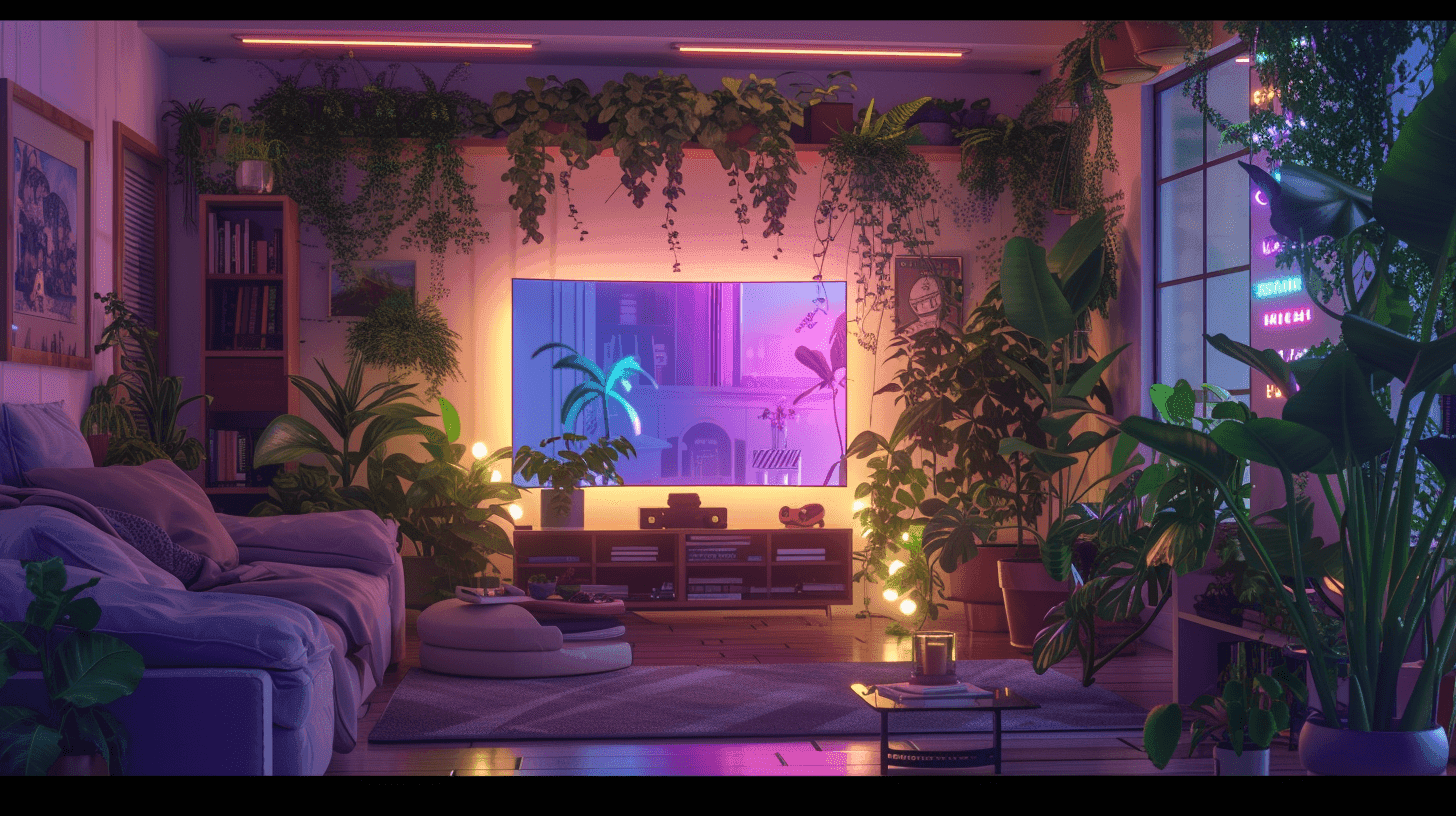Terug
The Power of Creativity: Unleashing Your Artistic Potential in 2024

Introduction
In the rapidly evolving world of 2024, the landscape of art and creativity has undergone a transformative shift. The infusion of digital technology into our daily lives has not only changed how we interact with the world around us but also how we express our innermost thoughts and feelings. In this era, creativity is not just an outlet for artistic expression; it has become a crucial skill for personal development and professional success. This surge in the importance of creativity is partly due to the increasing appreciation of diverse perspectives and innovative solutions in various sectors, from technology to education. The way we perceive art, create it, and share it has taken on new dimensions, bringing forth an era where the power of creativity is more significant than ever.
Creativity, at its core, is about seeing the world in new ways, finding hidden patterns, and making connections between seemingly unrelated phenomena. It's about generating solutions and ideas that are not only novel but also effective and practical. In today's world, where change is the only constant, being able to think creatively is essential. It's not just artists or designers who need this skill; it's entrepreneurs, educators, scientists, and virtually everyone who wants to stay relevant and thrive in this fast-paced, ever-changing environment.
The Digital Revolution in Creativity
The digital revolution has fundamentally altered the canvas of creativity. Where once the tools of artistic expression were limited to paint, canvas, or clay, we now have a myriad of digital tools at our disposal. These tools have not only expanded the horizons of what's possible in art but also democratized the process, making artistic expression accessible to a broader audience. Digital art platforms, graphic design software, and even mobile apps have opened up new avenues for creative expression.
One significant aspect of this digital revolution is how it has reshaped the way we store, organize, and develop our creative ideas. In the past, artists and thinkers would rely on physical notebooks or sketchpads to jot down their inspirations. However, with the advent of apps like Pyrilia, a digital journaling and notation app, the process of storing and organizing thoughts has become more streamlined and efficient. Pyrilia, for instance, offers Organized Storage for artistic ideas, allowing users to categorize and preserve their creative thoughts in a structured manner. This is particularly beneficial for artists and creators who are continually juggling multiple projects and ideas. The ability to quickly access and revisit past inspirations or work-in-progress pieces is invaluable in a world where ideas are the currency of creativity.
Moreover, the digital age has brought about a profound change in the way we interact with art. Social media platforms, online galleries, and virtual exhibitions have made art more accessible than ever before. Artists can now share their work with a global audience, receive instant feedback, and engage with a community of like-minded individuals. This level of interconnectedness was unfathomable in the pre-digital era. It has not only opened up new opportunities for artists to showcase their work but also for art enthusiasts to experience and appreciate a diverse range of artistic expressions from around the world.
In summary, the digital revolution in creativity is a double-edged sword. On one hand, it offers unprecedented tools and platforms for creative expression and collaboration. On the other hand, it challenges traditional notions of art and creativity, pushing us to continually adapt and evolve our artistic practices. As we move further into 2024, it becomes increasingly clear that the digital realm will continue to play a pivotal role in shaping the landscape of creativity and artistic expression.
Unleashing Your Inner Artist: Strategies and Techniques
The journey to unleashing your artistic potential begins with cultivating a daily creative habit. This doesn't necessarily mean producing a masterpiece every day. It's about setting aside time for creative pursuits, whether it's sketching, writing, composing, or any other form of art. The key is consistency. Like a muscle, creativity strengthens and becomes more fluid with regular exercise. For instance, setting a daily challenge of sketching something new each day or writing a short poem can do wonders in keeping the creative juices flowing. It's also about giving yourself permission to create without judgment, understanding that not every piece needs to be perfect or even complete. The process of creation is often more valuable than the end product.
Another crucial aspect of artistic growth is experimentation. The world of art is vast and varied, encompassing an array of styles, mediums, and techniques. Exploring these different avenues can be incredibly enriching. For example, a digital artist accustomed to working with graphic design software might find a new source of inspiration in traditional watercolor painting. Similarly, a writer might experiment with different genres or narrative styles to discover new voices and perspectives. This exploration not only broadens an artist's skill set but also opens up new pathways for creative thought. The blending of different art forms and mediums, often termed as 'hybrid art', is a testament to the limitless possibilities that experimentation can offer.
Another vital strategy is to seek inspiration from a variety of sources. This can be from nature, books, movies, other artists, or personal experiences. Keeping an open mind and being observant of the world around us can lead to unexpected sources of inspiration. In this digital age, we have the advantage of accessing a world of art and knowledge at our fingertips. Online platforms, art forums, and virtual museums offer endless resources for inspiration and learning.
Question: "How to overcome creative blocks?"
Creative blocks are a common challenge that artists of all levels face. These blocks can stem from various sources such as fear of failure, lack of inspiration, or external pressures. Overcoming these blocks often requires a multifaceted approach. Firstly, recognizing and accepting that creative blocks are a natural part of the creative process is important. This acceptance can alleviate the stress and frustration that often accompanies these periods of stagnation.
Secondly, changing the environment or routine can sometimes help in breaking the block. This could be as simple as taking a walk, rearranging the workspace, or trying a new creative medium. A change in scenery or approach can sometimes trigger new ideas and perspectives.
Engaging in creative exercises can also be beneficial. These exercises don't have to be directly related to your primary art form. For example, a musician might find that drawing or writing helps unclog their creative pathways. These activities can act as a mental diversion, allowing subconscious ideas to surface.
Using digital tools like Pyrilia can also aid in overcoming creative blocks. By reviewing past ideas or reflections stored in the app, one can reignite inspiration and find new angles to approach their work. The app's Replay Feature allows users to revisit their earlier thoughts and memories, which can be a goldmine for creative inspiration.
Lastly, it's crucial to maintain a supportive network of fellow artists and creatives. Sharing your struggles and successes with others can provide new insights, encouragement, and the realization that you are not alone in your creative journey. This network can be found in local art communities, online forums, or social media groups dedicated to your art form.
In conclusion, unleashing your artistic potential in 2024 is about embracing the digital tools and opportunities available, while also committing to regular practice, experimentation, and overcoming the inevitable creative blocks. It's a journey of continuous learning, adapting, and most importantly, creating.
The Psychological Benefits of Creativity
The impact of creativity extends far beyond the realm of producing art; it has profound psychological benefits that can enhance overall well-being. Engaging in creative activities has been shown to reduce stress and anxiety, offering a form of escape and a way to process emotions. When we create, we enter a state of flow, a term coined by psychologist Mihaly Csikszentmihalyi. This state of flow is characterized by complete immersion in the activity, providing a sense of peace and fulfillment. During these moments, the mind is free from the clutter of everyday worries and stressors.
Artistic expression also serves as a powerful tool for self-reflection and personal growth. Through art, individuals can explore their thoughts, feelings, and experiences, gaining deeper insights into their psyche. For many, the act of creating art is therapeutic, providing a safe space to express emotions that might be difficult to verbalize. This form of expression can be particularly beneficial for individuals dealing with emotional traumas or mental health challenges.
Moreover, the process of creating art can enhance cognitive abilities such as problem-solving, critical thinking, and decision-making. The act of bringing an idea to life requires one to think critically, make choices, and often, solve complex problems. This mental exercise not only sharpens the mind but also encourages innovative thinking.
Case studies have shown that individuals who engage regularly in creative activities tend to have better memory retention and cognitive flexibility. For instance, older adults who participate in art classes or music therapy often show improvements in memory and cognitive function. This is a testament to the power of creativity in maintaining mental agility and health.
Harnessing Technology for Artistic Growth
In the current digital era, technology plays a pivotal role in the artistic process. Digital tools have revolutionized how we create, share, and experience art. They offer artists an unprecedented level of control, efficiency, and possibilities. For example, digital painting and drawing software provide artists with a vast array of tools and options that would be impossible or impractical in traditional mediums. Graphic designers can experiment with different layouts, colors, and fonts at the click of a button, enabling a level of experimentation that is both rapid and risk-free.
One of the significant advantages of digital tools is the ability to collaborate remotely. Artists from different parts of the world can work together on a project, share ideas, and provide feedback in real-time. This has led to a new wave of collaborative art projects that combine diverse perspectives and skills, resulting in truly unique and innovative works.
Features like the Replay Feature in Pyrilia also play a crucial role in artistic growth. This feature allows artists to revisit their previous ideas and thoughts, providing a continuous stream of inspiration. It acts as a digital archive of the creative journey, enabling artists to track their progress, reflect on their growth, and draw inspiration from their past work. This can be particularly useful during periods of creative block or when seeking new ideas for a project.
In addition to creation, technology has also transformed the way we learn and develop our artistic skills. Online courses, tutorials, and workshops have made art education more accessible than ever. Aspiring artists can learn from masters in their field, regardless of geographical location. This democratization of learning resources has opened up endless opportunities for skill development and artistic exploration.
In conclusion, the intersection of creativity and technology offers a myriad of opportunities for artistic growth and expression. By embracing these digital tools and platforms, artists can push the boundaries of what's possible, collaborate in new ways, and continuously evolve their craft in this ever-changing landscape.
Creative Journaling: A Path to Deeper Self-Reflection
Creative journaling stands as a beacon for those looking to delve deeper into the realm of self-reflection and personal discovery. It is more than just a record of daily events; it's a way to explore and express thoughts, emotions, and experiences creatively. Through this practice, individuals can embark on a journey of introspection, using art, writing, and other creative forms to document their inner world. The act of transferring thoughts and feelings onto paper (or a digital platform) not only helps in processing emotions but also aids in unearthing insights about oneself that might have remained hidden.
The benefits of creative journaling are manifold. It serves as a tool for stress relief and emotional catharsis, allowing individuals to express and release pent-up emotions in a safe and personal space. By regularly documenting thoughts and feelings, one can track patterns and triggers, leading to greater self-awareness and emotional intelligence. This practice is particularly beneficial for managing mental health, as it provides a way to work through difficult emotions and experiences in a constructive manner.
Another advantage of creative journaling is its role in enhancing memory retention and cognitive clarity. The act of writing or creating art about one's experiences helps in embedding those memories more deeply into the psyche. It's a way of reinforcing and revisiting past experiences, allowing for a richer and more nuanced recollection of life events. For those looking to improve their memory or simply keep a vivid record of their lives, creative journaling is an invaluable tool.
Using a digital journaling app like Pyrilia can further enhance this experience. The app's structured format and easy accessibility make it convenient to maintain a regular journaling habit. Its features, such as organized storage and categorization, enable users to keep their journal entries, artistic sketches, and reflections neatly arranged and easily retrievable. This digital approach to journaling marries the traditional benefits of self-reflection with the advantages of modern technology, offering a comprehensive platform for personal growth and creative expression.
Harnessing the Power of Community and Collaboration
The role of community and collaboration in artistic development cannot be overstated. The exchange of ideas, feedback, and support among peers is a vital component of the creative process. In today's interconnected world, artists have numerous avenues to connect with fellow creatives, whether it's through online platforms, social media, or local art groups. These communities offer a space for sharing work, receiving constructive criticism, and drawing inspiration from others' creations. They act as a melting pot of ideas and styles, fostering an environment of continuous learning and growth.
Online platforms have particularly revolutionized the way artists collaborate and share their work. Websites and social media channels dedicated to art allow creators to showcase their work to a global audience, receive instant feedback, and engage in collaborative projects with artists from around the world. This level of exposure and interaction was unimaginable in the pre-digital era and has opened up new opportunities for artists to gain recognition and find their unique voice.
Local art groups and workshops, on the other hand, provide a more intimate setting for collaboration and learning. They offer a space for hands-on experience, personal interaction, and the sharing of practical skills. Participating in local art events, exhibitions, and workshops can also be a great way to stay connected with the local art scene and keep abreast of new trends and techniques.
Collaboration in art is not just about working on joint projects; it's also about the exchange of perspectives and experiences that enrich each individual's artistic journey. When artists come together, they bring with them their unique backgrounds, skills, and visions, creating a rich tapestry of creativity that benefits all involved. In this way, community and collaboration are not just tools for artistic development; they are the lifeblood of a vibrant and dynamic art world.
In summary, the path to unleashing one's artistic potential in 2024 involves a holistic approach that encompasses personal reflection through creative journaling, and engaging with a community of like-minded individuals for collaboration and growth. These elements work together to create a nurturing environment for creativity to flourish.
Nurturing the Next Generation of Artists
In the pursuit of fostering a more creative and artistically vibrant future, the nurturing of the next generation of artists holds paramount importance. This endeavor goes beyond merely teaching art; it involves inspiring a love for creativity and providing the tools and environment necessary for young minds to explore and express their artistic talents. In the dynamic landscape of 2024, where creativity is increasingly recognized as a critical skill, the role of educators, parents, and communities in cultivating artistic abilities in children and young adults cannot be underestimated.
One key aspect of nurturing young artists is incorporating art education into early learning. This involves not just structured art classes but integrating creative thinking and problem-solving into all areas of education. By doing so, children learn to view the world through a creative lens, making connections and finding solutions in unique and innovative ways. This holistic approach to education fosters a mindset that values and utilizes creativity across various aspects of life.
Another important factor is providing access to diverse artistic resources and experiences. Exposure to different art forms, whether it be through museum visits, theater performances, art workshops, or digital platforms, broadens a young person's artistic horizons and fuels their imagination. It's also crucial to provide them with the tools and space to experiment with their creative ideas. Whether it's traditional art supplies or access to digital art software, having the right tools can make a significant difference in a young artist's journey.
Encouraging self-expression and valuing the artistic process over perfection is essential in building a young artist's confidence and willingness to take creative risks. This means celebrating their efforts and ideas, regardless of the outcome, and providing constructive feedback that guides rather than discourages. A supportive environment where experimentation and exploration are encouraged is key to developing a young artist's unique voice and style.
Embracing Art in Everyday Life
Art is not just confined to galleries, theaters, or concert halls; it is an integral part of our everyday lives. Embracing art in daily life means recognizing and appreciating the beauty and creativity that surrounds us in various forms. It's about finding art in the mundane, the ordinary, and the overlooked. In 2024, with the constant advancement of technology and the blurring of boundaries between different art forms, the opportunities to incorporate art into our daily routine are endless.
Finding art in the everyday can start with simple acts like observing the architecture of the buildings we pass by, appreciating the design of everyday objects, or even creating art from mundane materials. It's about being present and mindful, taking the time to notice and appreciate the creativity that is often hidden in plain sight.
Incorporating art into our homes and workspaces can significantly enhance our environment and well-being. This could be through displaying artwork, creating a DIY project, or even arranging our space in an aesthetically pleasing manner. These acts of creativity not only beautify our surroundings but also provide a sense of accomplishment and personal expression.
Moreover, engaging in artistic hobbies and activities is a great way to infuse creativity into our lives. Whether it's painting, photography, writing, or playing a musical instrument, dedicating time to creative pursuits can be incredibly fulfilling and therapeutic. It's a way to unwind, express oneself, and cultivate a deeper connection with one's inner self.
In conclusion, the integration of art into everyday life enriches our experiences and adds a layer of depth and meaning to our existence. In 2024, as we navigate a world where the lines between art, technology, and daily life are increasingly blurred, the opportunity to embrace art in all its forms is more accessible than ever. This practice not only enhances our appreciation of beauty and creativity but also contributes to our overall well-being and happiness.
Question: "How to maintain consistency in creative work?"
One of the most common challenges faced by artists and creatives is maintaining consistency in their work. Consistency is key to growth and mastery in any art form, yet it can be difficult to achieve amidst the complexities of daily life and the unpredictable nature of creative inspiration. To address this challenge, there are several strategies and mindsets that can be adopted.
First and foremost, setting realistic goals and expectations is crucial. It's important to understand that creativity doesn't always flow at a constant rate, and that's okay. Setting achievable goals, whether it's dedicating a certain amount of time each day to your art or completing a small project each week, can help in building a routine and a sense of progress.
Creating a dedicated workspace also plays a significant role in maintaining consistency. Having a specific area where you engage in your creative work can help in mentally preparing you to enter a state of focus and creativity. This space doesn't have to be large or elaborate; even a small corner designated for your art can make a big difference.
Developing a routine is another effective strategy. This might involve setting aside specific times of the day or week for your creative pursuits. The key is to make this a regular part of your schedule, just like any other important activity. Over time, this routine becomes a habit, and your creative practice becomes a natural part of your life.
Seeking inspiration and staying motivated is also important. This could involve engaging with the work of other artists, reading about art, or participating in creative communities. Inspiration can reignite your passion and provide new ideas, helping to maintain momentum in your creative journey.
Lastly, embracing the ebbs and flows of creativity is essential. There will be times of high productivity and times when creativity seems to wane. Understanding and accepting these natural cycles can alleviate the pressure and frustration that comes with creative slumps.
The Future of Creativity: Looking Ahead to 2024 and Beyond
As we look towards the future, it's clear that creativity will continue to play a crucial role in shaping our world. The landscape of art and creativity in 2024 is vibrant and ever-evolving, driven by technological advancements, cultural shifts, and an increasing appreciation for the power of creativity in solving complex problems. The future of creativity is not just about new tools and mediums; it's about a broader understanding and integration of creativity into all aspects of life.
Technological advancements will continue to open up new avenues for creative expression and collaboration. From virtual reality art installations to AI-assisted design, the possibilities are limitless. These technologies will not only enhance the way we create but also the way we experience and interact with art.
Cultural shifts towards a more inclusive and diverse representation in art will also shape the future of creativity. As voices from different backgrounds and cultures gain more visibility, the art world will become richer and more varied in its expressions and narratives.
Moreover, the role of creativity in solving societal and environmental challenges will become increasingly prominent. Creative thinking is essential in finding innovative solutions to the complex issues facing our world, and artists and creatives will play a key role in this process.
In conclusion, the future of creativity is bright and filled with potential. As we move forward, it's important to continue nurturing our creative skills, embracing new technologies and ideas, and recognizing the vital role of art and creativity in enriching our lives and solving the challenges of our times.
Als je de post leuk vond, overweeg dan om lid te worden van Pyrilia.
Pyrilia is de perfecte plek om je gedachten, herinneringen en reflecties op te slaan.
Leg dagelijkse gedachten vast, markeer betekenisvolle ervaringen en herbeleef ze met onze unieke Replay-functie. Omarm een reis van verbeterde herinneringen en zelfontdekking. Jouw verhaal, prachtig bewaard.
Probeer het uit

Bekijk onze andere posts:
